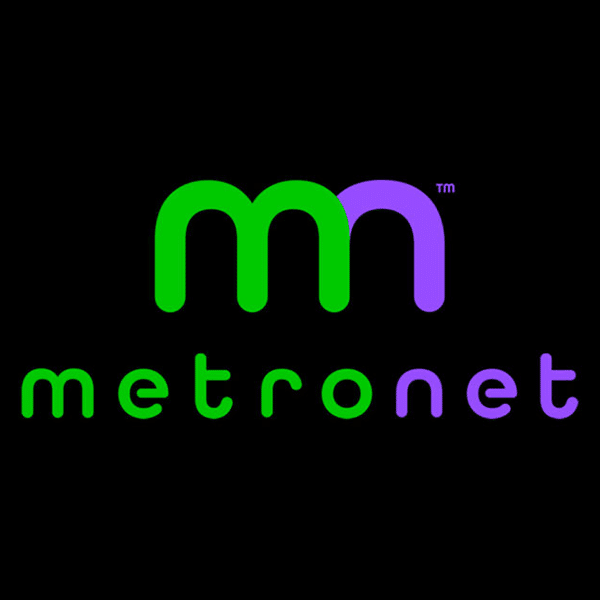 While still a relatively minor competitive threat, the cable industry recognizes the implications of the growing gigabit FTTH movement, championed by the likes of Google. Google’s entrance of gigabit FTTH has nudged service providers like CenturyLink and AT&T to adopt similar plans and a host of smaller providers are embracing the trend of next generation broadband as well. The Cable industry’s answer is DOCSIS 3.1 — for which CableLabs announced its formal specifications.
While still a relatively minor competitive threat, the cable industry recognizes the implications of the growing gigabit FTTH movement, championed by the likes of Google. Google’s entrance of gigabit FTTH has nudged service providers like CenturyLink and AT&T to adopt similar plans and a host of smaller providers are embracing the trend of next generation broadband as well. The Cable industry’s answer is DOCSIS 3.1 — for which CableLabs announced its formal specifications.
Cable MSOs have used DOCSIS 3.0 quite effectively against their DSL competitors, offering a more robust broadband service. In fact, one could argue that Verizon’s FiOS FTTH effort is a competitive response to DOCSIS 3.0. But the cable industry realizes that DOCSIS 3.0 will not sustain their competitive advantage forever, and the growing threat from telcos and municipals offering FTTH is not insignificant, no matter what cable MSO executives publicly say. Even AT&T, who uses a FTTN solution, combined with VDSL, is competing quite effectively for broadband and video subscribers.
Perhaps the introduction of DOCSIS 3.1 will slow this competitive momentum. CableLabs, the research and development arm of the cable industry, unveiled the specifications for DOCSIS 3.1 yesterday. The new version addresses one of the key challenges of cable modem service – upstream bandwidth – by providing 1 Gbps of capacity for upstream use. Other characteristics include:
- Speed: Defines support for up to 10 Gbps downstream and up to 1 Gbps upstream network capabilities.
- Quality of Experience: Utilizes Active Queue Management to significantly reduce network delay as data traffic grows in the home network, dramatically improving responsiveness for applications such as online gaming.
- Higher Capacity: Enables a significant increase in network capacity with the ability to transmit up to 50 percent more data over the same spectrum, on existing HFC networks.
- Energy Efficiency: Enhancements to the DOCSIS protocols will increase cable modem energy efficiency.
- Flexible Migration Strategy: DOCSIS 3.1 modems are designed to co-exist with older versions enabling incremental deployment based on market demand.
“DOCSIS 3.1 technology will enable a new generation of cable services and help operators continue to meet consumer demand for high-speed connections and sophisticated applications, positioning them to be the providers of choice in their markets,” reports CableLabs in a press release.
DOCSIS 3.1 products should be backwards compatible with DOCSIS 3.0. There hasn’t been any announcement from a cable MSO regarding DOCSIS 3.1 deployments, but products should become available late in 2014, with 2015 seen as the introduction of DOCSIS 3.1 into the market. Let the positioning for next generation broadband begin.
